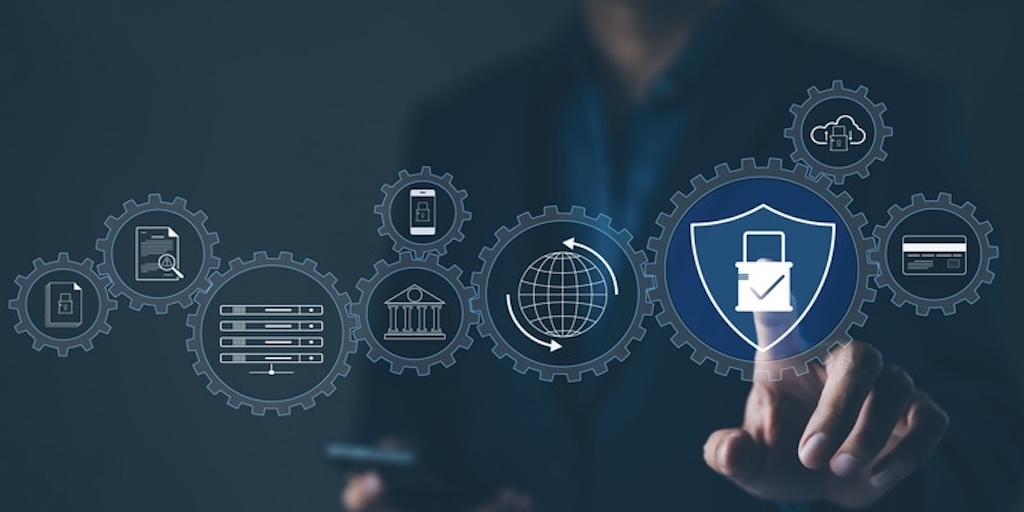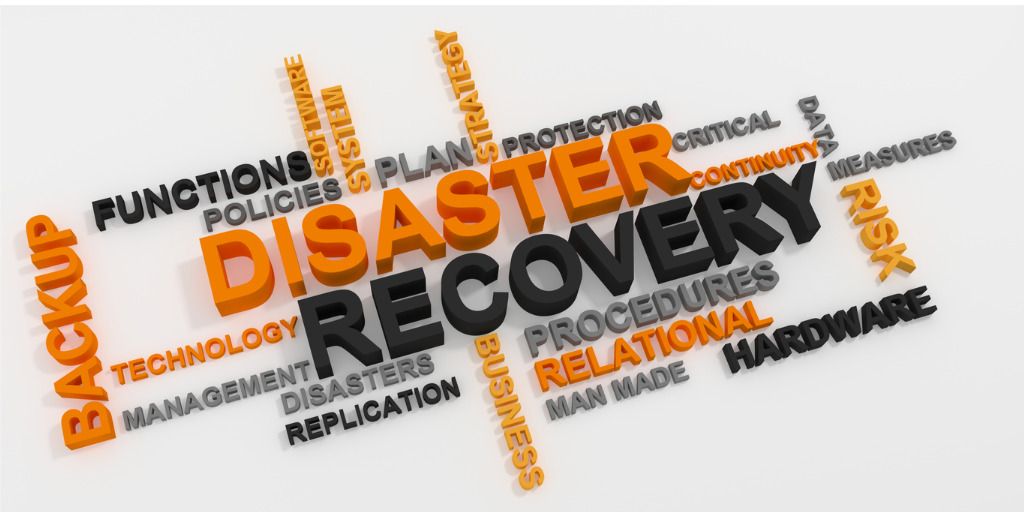Delivering enhanced cyber resilience with NetApp
100% uptime and availability are non-negotiable. But to achieve that goal, businesses must accept that backup and recovery is insufficient – true cyber resilience is more demanding. However, with the right choice of technology stack – NetApp – much of what you need is built directly into infrastructure. Ransomware resolved The source of many sleepless […]
Delivering enhanced cyber resilience with NetApp Read More »





